Lo-fi music's made a huge leap from the underground – thanks to its raw charm. It's flipping the script on the old idea that music's got to be perfect and polished. Lo-fi's all about the beauty in the rough edges, offering a fresh take for both producers and listeners.
In this blog, we'll dive deep into the world of lo-fi music, exploring how its embrace of the imperfect can revolutionize your approach to music production and listening.
The Appeal of Lo-Fi Music
Lo-fi, short for low fidelity, is more than just a genre; it's a philosophy. Characterized by its warmth, nostalgia, and inherent imperfections such as tape hiss, crackle, and off-kilter beats, lo-fi music evokes emotions and memories in a way that polished productions often can't. This raw and relatable quality connects with listeners on a deep level, offering comfort and a sense of shared human experience.
Redefining Perfection in Music Production
The lo-fi ethos invites us to question our definitions of perfection in music. By valuing texture and mood over technical flawlessness, lo-fi music underscores the beauty and authenticity found in imperfections. This approach demystifies music production, making it accessible to more creators and highlighting the uniqueness of human touch in the digital age.
The Lo-Fi Production Process
Creating lo-fi sounds involves techniques that intentionally degrade audio quality to achieve its signature warmth and character. This includes tape saturation, vinyl emulation which adds a layer of authenticity and vintage vibe to your tracks, bit reduction and deliberate distortion. Combining these with plugins and tools available help producers achieve the desired lo-fi sound.
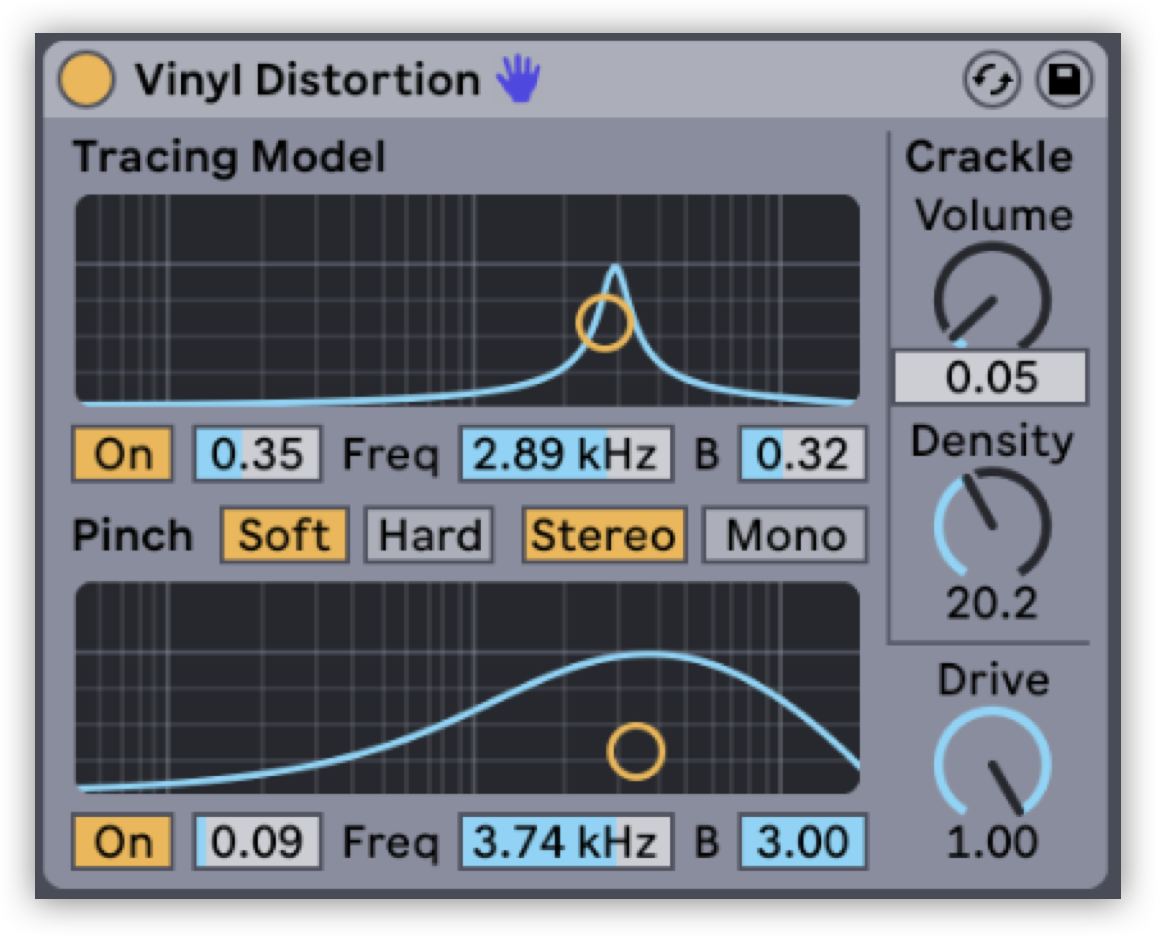
Let's break down the core methods that define it:
- Tape Saturation: This technique mimics the effect of recording to analog tape, known for its warm, compressive qualities. By pushing the audio signal, you introduce a soft clipping and compression that adds a pleasing, nostalgic warmth to the sound.
- Vinyl Emulation: Nothing screams lo-fi like the crackle and pop of a vinyl record. Vinyl emulation plugins recreate these sounds, adding a layer of authenticity and vintage vibe to your tracks. It's not just about the noise; it's about capturing the soul of an era when vinyl ruled.
- Bit Crushing: Lower the bit rate to create gritty, lo-fi effects. Apply bit crushing to drums or synths for added texture.
- Wave Shaping: Use wave shapers to transform the waveform of a sound. Experiment with different curves to create unique distortion and synth effects.
- Deliberate Distortion: Beyond just 'dirtying' the sound, deliberate distortion when used judiciously, can add body and character to individual instruments or entire tracks. It's about finding the sweet spot where distortion breathes life into the music without overwhelming it.

Incorporating Lo-Fi Elements into Your Music
Adding lo-fi elements to your tracks isn't confined to any single genre. Whether you're producing hip-hop, electronic, or indie music, integrating textures like vinyl crackle, analog warmth, or subtle distortion can enhance your sound. Focus on creating a specific mood and atmosphere that resonates with your artistic vision.
- Vinyl Crackle: There's something about the crackle of vinyl that instantly transports listeners to another place and time. It's not just a sound; it's an atmosphere. Whether it's the subtle backdrop of a lo-fi hip-hop track or an intro to an indie ballad, vinyl crackle can add a layer of nostalgia and warmth.
- Analog Warmth: The lush, enveloping sound of analog gear has a unique way of making everything sound better, softer, and more cohesive. Adding analog warmth to your tracks, whether through plugins emulating vintage gear or recording through actual analog equipment, can give your music a timeless quality.
- Subtle Distortion: A touch of distortion can go a long way in adding character to your sound. It can make synths sound richer, drums more punchy, and vocals more intimate. The key is subtlety; just enough distortion to add texture without detracting from the original tone.
What makes a standout lo-fi track
- Repetitive Beats and Patterns: The essence of lo-fi music frequently revolves around repetitive rhythms and patterns, where sampling plays a crucial role.
- Organic Feel and Flaws: The charm of lo-fi lies in its embrace of flaws, with rhythms typically eschewing precise quantization to offer a more natural, human touch.
- Streamlined Compositions: Lo-fi compositions are usually straightforward and uncluttered, often comprising a basic drum set, keys, and a bassline for a clean, minimalistic sound.
- Relaxed Tempos: Lo-fi tracks favor slower, more relaxed tempos, generally falling between 60 to 90 BPM, creating a laid-back vibe.
- Textural Grit: Adding texture, elements like distortion, tape hiss, and vinyl crackle are pivotal in giving lo-fi music its distinctive gritty ambiance.
- Minimalism and Sincerity: Unlike the often intricate production of contemporary pop, lo-fi music prioritizes simplicity and genuineness, focusing on mood rather than elaborate production.
- Creative Use of Samples: The art of sampling is central to lo-fi music, offering endless possibilities for creativity by utilizing unconventional sound sources.
Lo-Fi music success and impact
Artists like J Dilla, lofi girl, and Nujabes are excellent in lo-fi production. They make tracks that stand out for their depth. Analyzing these success stories reveals how lo-fi elements influence preferences towards authenticity and emotion. Read about the evolution of rap music for pattern analysis inspiration.
Benefits of Lo-Fi Aesthetics
Adopting a lo-fi approach can liberate producers from the constraints of conventional music production, fostering a space for innovation and personal expression. This mindset encourages embracing one's unique sound, potentially setting artists apart in a crowded music landscape.
Recap
- Lo-fi music embraces the raw charm and imperfections of sound, offering a fresh take on music production and listening.
- Lo-fi techniques like tape saturation, vinyl emulation, bit reduction, and deliberate distortion create the signature warm, nostalgic lo-fi aesthetic.
- Incorporating lo-fi elements like vinyl crackle, analog warmth, and subtle distortion can enhance the mood and atmosphere of music across genres.
- Successful lo-fi artists like J Dilla, lofi girl, and Nujabes have influenced the industry by prioritizing authenticity and emotion over technical perfection.
- Embracing a lo-fi approach can liberate producers, fostering innovation and personal expression, and reminding us that the essence of music lies in human connection.
Final Words
Lo-fi music represents a significant shift in how we perceive quality and authenticity in music production. By celebrating the imperfections that make music human and relatable, lo-fi production offers a transformative perspective for producers and listeners. It reminds us that at the heart of music lies expression and connection, far beyond the reach of technical perfection.


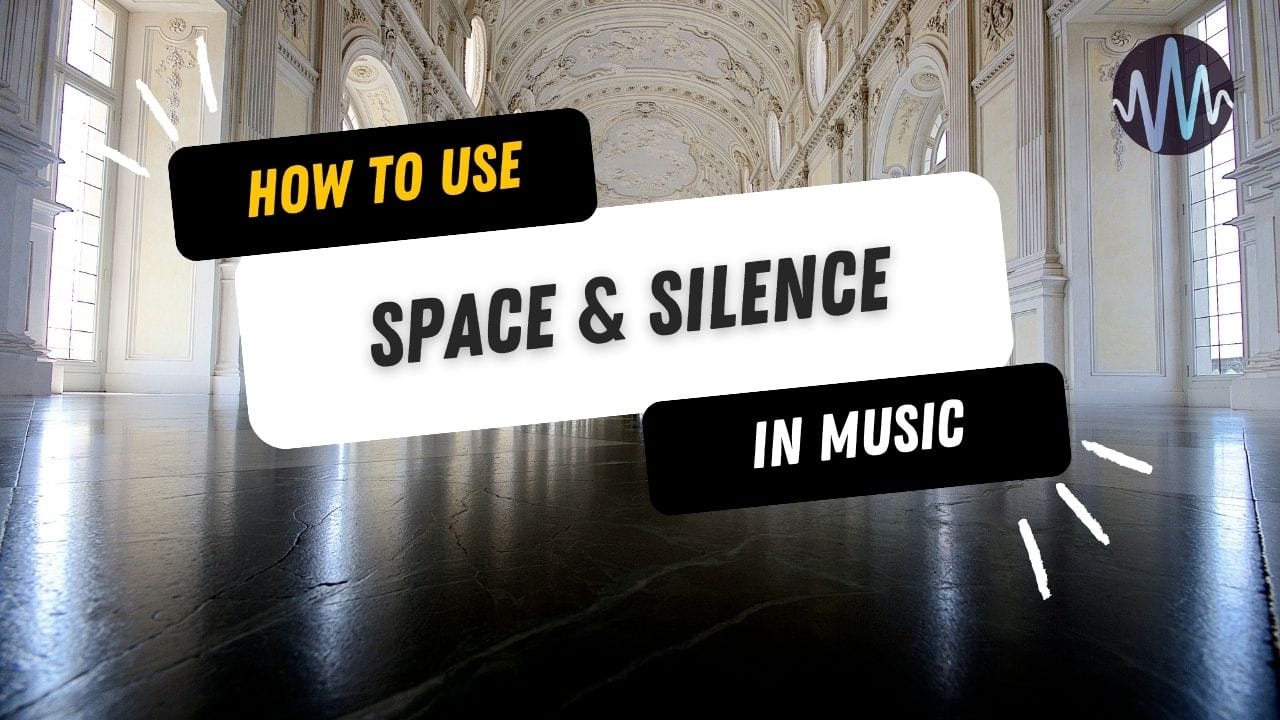
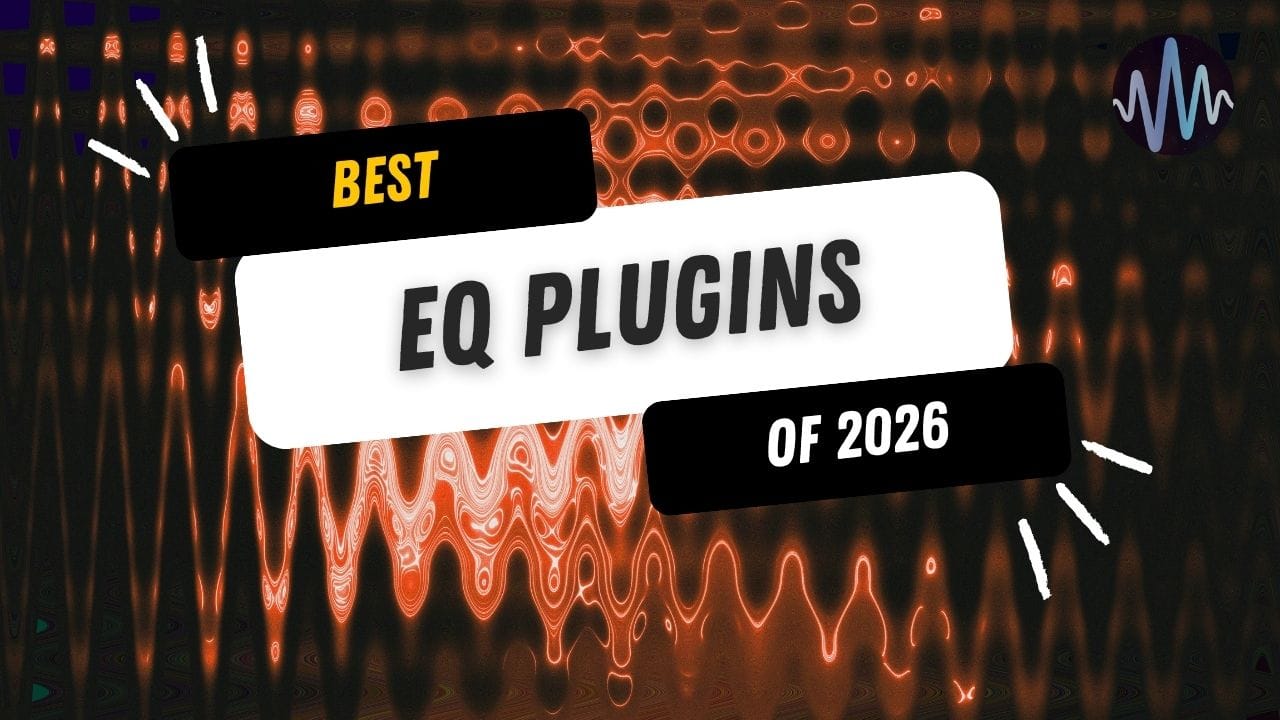
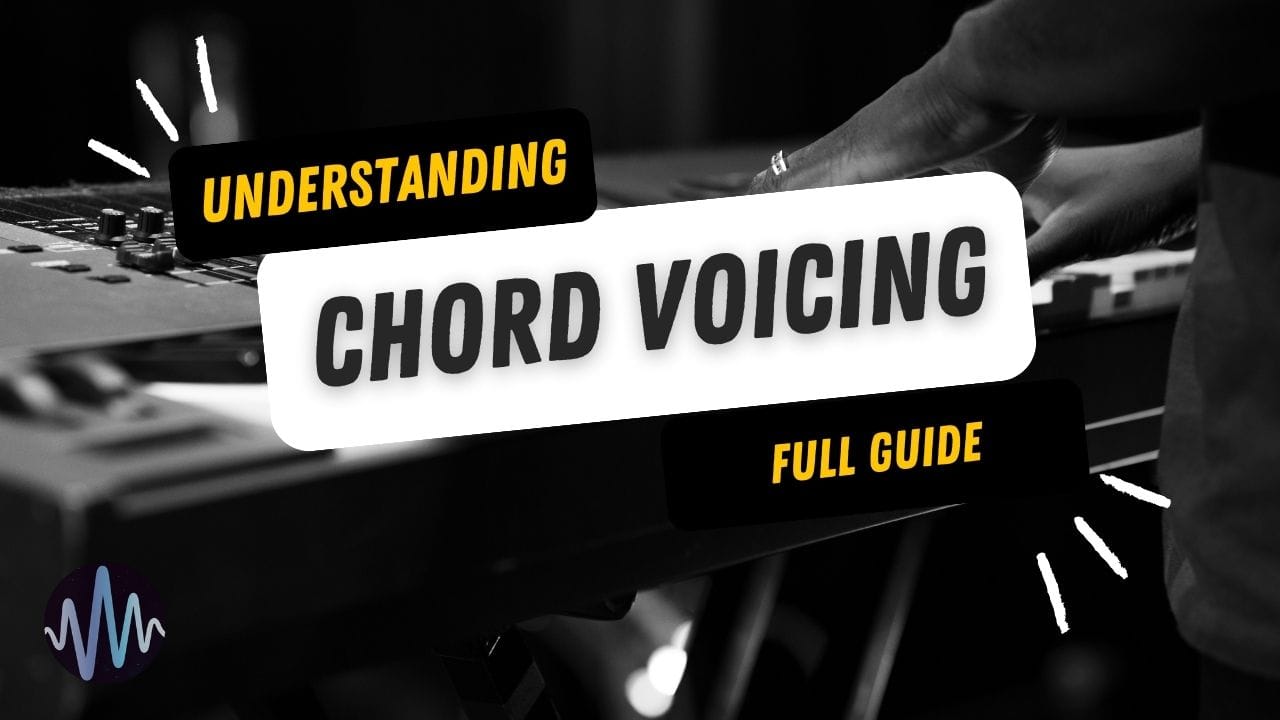
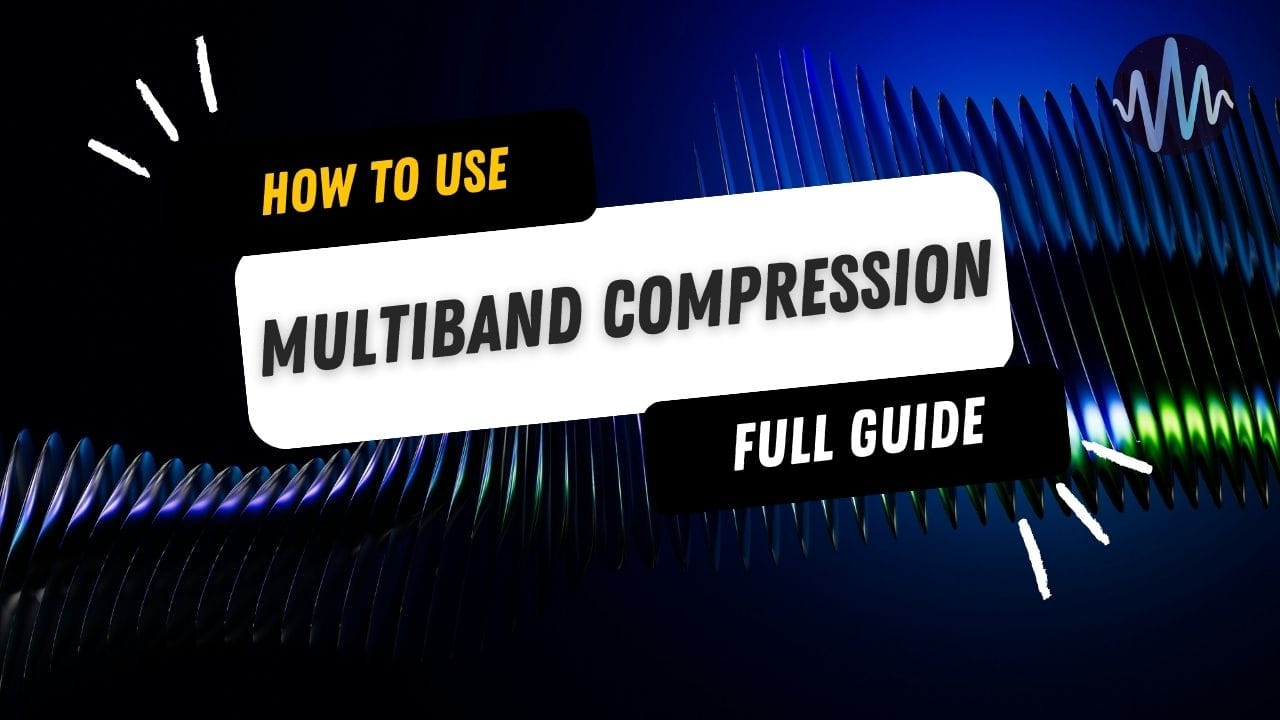
Comments